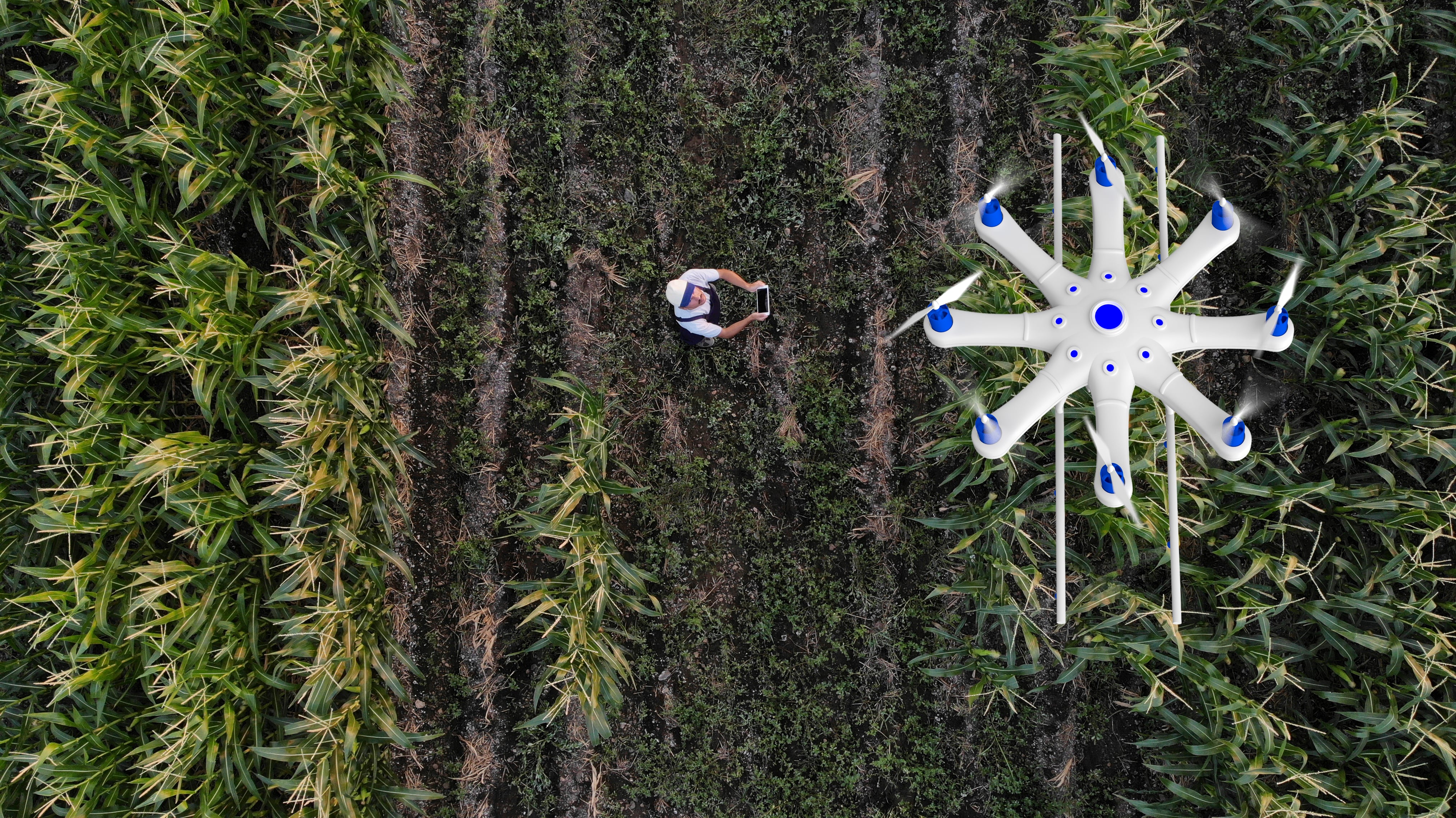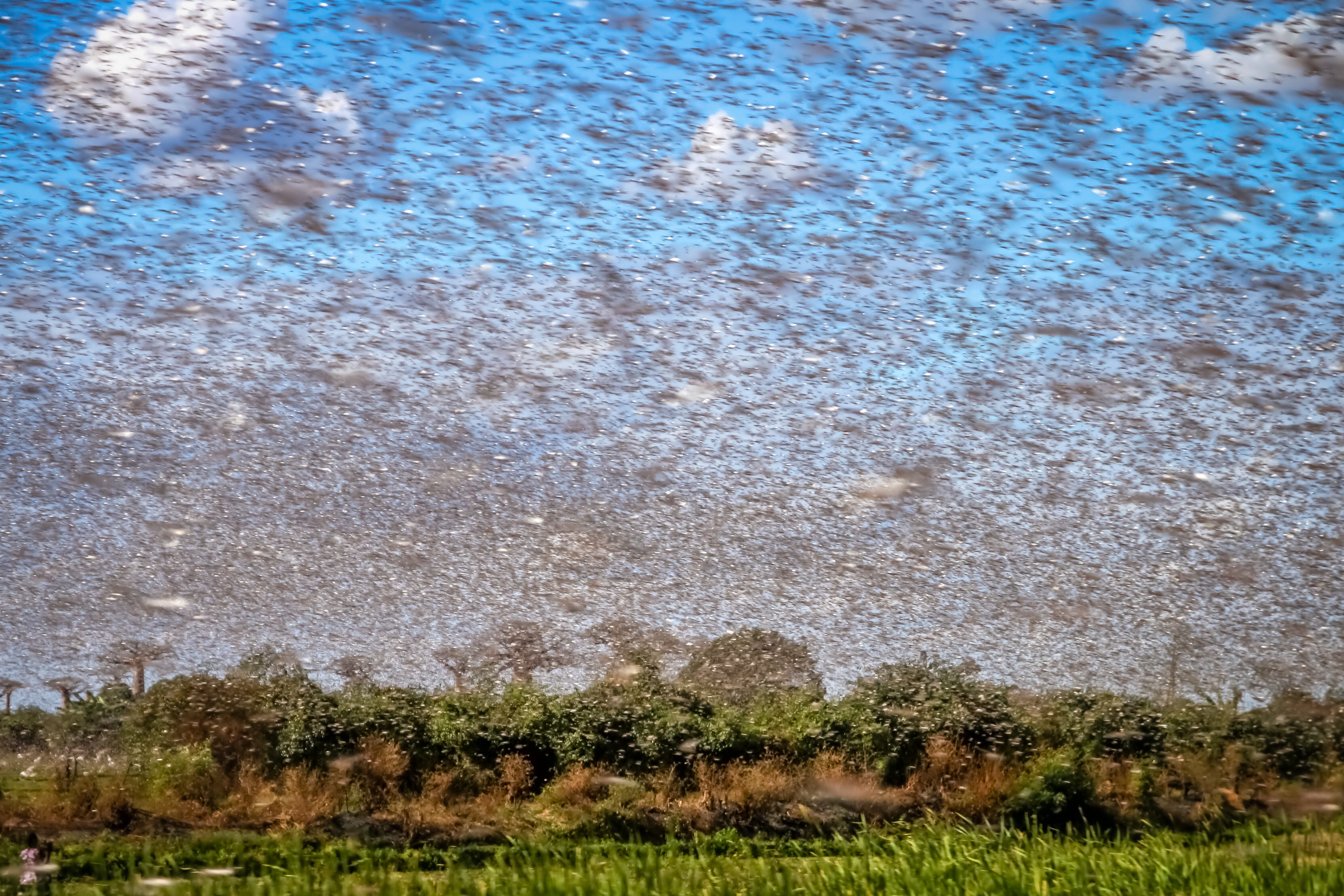“The ultimate Trojan Horse.” That was how US drone manufacturer Guardian Ag last year described the alleged security threat posed by Chinese operators in the US as it listed the numerous, though strongly disputed, accusations levelled at them.
Chinese drones dominate the US market. It is estimated the vast majority are made by Chinese companies, primarily DJI, the largest Chinese drone manufacturer, with a significant portion used in agriculture and crop spraying.
Drone ban uncertainty
The US government has not issued a ban on DJI or any other Chinese company and operators in the US can continue to use and purchase these products.
Concerns, however, about national security have led to discussions in Congress and government agencies about banning or restricting Chinese drones due to their perceived potential risks.
Congresswoman Elise Stefanik put forward the Countering CCP Drones Act. “It is strategically irresponsible to allow Communist China to be our drone factory,” she said.
Parts of this bill were included in the defence spending bill (the National Defense Authorization Act, NDAA) signed by President Biden in December last year. This essentially gives DJI and fellow Chinese drone maker Autel Robotics one year to convince an ‘appropriate national security agency’ that their equipment doesn’t pose a threat to the US. Failing this they will automatically be added to the Federal Communications Commission’s Covered List, which effectively prohibits new models from operating on US communications infrastructure.
Separately, the US Department of Commerce is also exploring a rule that could restrict or potentially ban Chinese drones entirely and is seeking public comments on the drone supply chain by March 4. After this, a decision ultimately rests with President Donald Trump’s administration.
Trump, meanwhile, both during his previous presidency and in the lead-up to his new term has voiced concerns about the alleged security risks posed by Chinese drones, so may be inclined to support policies aimed at strengthening domestic drone manufacturing and reducing reliance on Chinese imports, aligning with his America First policy.
DJI, however, is not taking all this lying down. “We hope policymakers will focus on facts and not allow baseless allegations and fears drive public policy decisions that would harm public safety and the US economy,” a spokesperson says. “Legislation that restricts the ability of US drone operators to buy and use the right equipment for their work, solely on the basis of the equipment’s country of origin, undermines American interests and will hurt the very industry Congress is trying to support.”
A ban on DJI would be a “significant shock” to both the drone industry and the broader American economy, it says. A ban could lead to the closure of 67% of American small drone businesses and the loss of over 450,000 jobs, it estimates. DJI says it will continue engaging with members of Congress to advocate for policies based on “technological merit, not country of origin”.
US distributors address security concers
Ag drone distributors in the US have also formed the American Spray Drone Coalition to fight moves to block Chinese drones in US market.
This group – consisting of Agri Spray Drones, Bestway Ag, Drone Nerds, HSE-UAV, Pegasus Robotics, and Rantizo – argues that Chinese drones like DJI’s are more advanced, reliable, and affordable compared to American alternatives, featuring better cameras, longer flight times, and higher payload capacities. Banning them simply forces farmers to use less capable and more expensive alternatives, ultimately harming agricultural productivity, they claim.
“The Countering CCP Drones Act would have left a huge void in the market, driving up the cost of scarce non-Chinese options that were already on average 2.5x more expensive for similar capability,” says Rantizo’s chief field operations, Eric Ringer.
Over 10 million acres were treated by spray drones in 2024, he says. “It’s critical to maintain access to the best technology and to make sure that those drones are secure and safe to use.” To that end, Rantizo recently launched new software, called AcreConnect, which gives spray drone operators using Chinese-made drones (DJI and XAG) the ability to securely store their drone flight logs and application data in US servers with a US company.
As the Department of Commerce consults about regulations, Rantizo, as a part of ASDC, wants rules that help the agriculture industry transition to US-made options that have similar capabilities at a similar price point and quality level as the current offerings from Chinese companies like DJI.
“When policy is introduced that limits, bans, or adds additional regulation to the technology available to the agricultural industry solely based upon country of origin,” stresses Ringer, “it can negatively impact American agricultural operators, food product capabilities, global competitiveness, and ultimately our communities.”
Others, however, continue to call for the US government to foster what they believe would be a more competitive and fair playing field for domestic drone manufacturers. “Multiple US government agencies – including the Departments of Defense, Treasury, Commerce, Homeland Security, and the FBI – have made it clear that the continued reliance on PRC drones is a risk to national security,” claims Michael Robbins, president and chief executive officer at the Association for Uncrewed Vehicle Systems International, the world’s largest trade association for uncrewed systems, robotics, and autonomous technologies. “These warnings are not new – they started as far back as 2017 and have increased in intensity and frequency as the scale of the threat is increasingly understood.”
He believes a solution is likely to be a transition away from PRC drones through a series of phased in restrictions combined with enhanced tariffs and incentives for end users to end their reliance on “unsecure” PRC technology.
Give innovation a chance
US-based drone manufacturers themselves argue that only by removing DJI’s monopolistic hold on the US market can you allow domestic operators a bite of the cherry.
“We have a lot of great alternatives that will flourish if we give them a chance,” says Arthur Erickson, CEO of Hylio, which currently holds 10-20% of the agricultural drone market and which is pitching its products as a US-based alternative with no China-made critical components.
Better data management solutions, for one, are needed in the drone crop spraying sector, he says. Seamlessly integrating drone data with other precision farming tools, such as soil sensors and crop modelling software, remains complex and resource intensive. Many farmers also struggle to extract meaningful insights from raw drone data and translate them into actionable decision. Poorly planned drone flights can also result in incomplete data, impacting critical decisions around planting and spraying.
Hylio is developing an application programming interface that can connect with software from the likes of John Deere, CHN and Cordoba to create a “full circle experience” for users. “A lot of farmers would get past the early adoption if it was just a seamless drop into their systems,” says Erickson. “You can make better decisions and ultimately get better ROI.”
American companies, Erickson believes, are used to taking more risk and “going longer” on innovation. The sector could embrace great strides such as using alternative fuel sources, hybrid fuel drones, hydrogen fuelled drones or different unique chemistries for the batteries. These kinds of things require more effort and investment without an immediate return, points out Erickson. “But we have the venture capital structure to absorb that risk. China doesn’t have that yet. They are good at unit economics but can’t make the big jumps we can.”
A lot of innovation has up to now been sitting on the sidelines, agrees Matt Beckwith, VP of business development and regulatory affairs at Guardian Ag, another US-based alternative. “We expect a whole bunch more competition to come in and additional innovation that that has been stymied and stifled on the sidelines,” he says, whilst acknowledging the full ramifications of any regulatory actions by the US cannot yet be fully digested. “That innovation could be better spray quality, it could be better batteries, it could be better motors, it could be a could be a whole bunch of things.”
But for better ROI, buyers would have to contend with 25-30% higher upfront costs, Erickson warns. Consequently, Robbins believes much more must be done to diversify the market. “Bolstering new drone manufacturing capabilities and the associated workforce will require infrastructure and capital expenditures,” he says.
Future legislation and executive action, he believes, should focus on creating incentives for US companies directly, and indirectly through demand generation, by providing grants, tax incentives, loan guarantees, and other mechanisms to spur that spending would accelerate growth and development that would have otherwise been delayed or denied.
The US agriculture industry is on the brink of transformative success, he declares. “A level playing field will allow American innovation to flourish, fostering healthy competition that drives advancements and reduces costs for farmers across the nation.”





